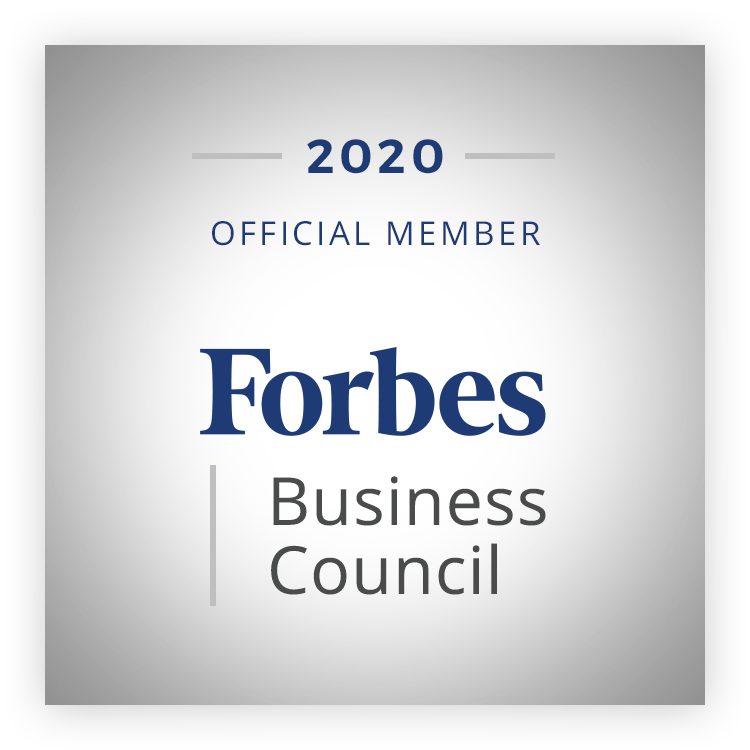What is organizational culture? The answer is: it’s more than what you may think. One of my HR consulting clients a few years back was a media company that had just seen the incoming of a new Chief HR Officer. Now, this new leader was a true visionary: he saw the potential of the HR function to revolutionize the way it worked and to serve stakeholders across functions in new, agile ways. He was an inspiring and highly intelligent leader and was able to truly set the vision for the future of the company in a meaningful way. When he spoke at town halls, everyone listened with rapt attention.
But unfortunately, when everyone went back to their daily grind, old habits continued to prevail.
Management did not necessarily keep pace with his ideas or know how to properly implement them. Most of them had been with the company for years, even decades. They were used to their old ways of doing things and managing staff. Despite new technology and processes being brought in, the organization was bogged down with decades of politics and resentment between teams that inhibited the level of stakeholder collaboration the new HR leader envisioned.
It seemed more and more that the vision of agility and continuous improvement that the new CHRO had charted was just an idea on the wall, and not an actual practical reality. And so often, employees define organizational culture as something “abstract” that is not practiced in the day-to-day.
The Unseen Force that Impacts Everything
I have worked in business consulting for 10-odd years helping companies navigate through digital and organizational transformations. Through this work, it has always been interesting to experience the tension that takes place in an organization as a result of being forced to change.
It became apparent to me that each organization had its own unique, intangible force — or “energy.” This force seemed to unconsciously run the organization. Everything from the words used, the beliefs about leadership and the overall company, the work behaviors, and style of meetings.
Another way of describing this force is simply “the way we do things around here.” And that is organizational culture, defined.
Most often, employees are either unaware of organizational culture or simply complacent, preferring to go along with the day to day. After all, organizational culture is usually not something that was consciously cultivated(unless you’re a Zappos or Amazon), but something that just formed by itself as a result of:
1. Leaders and their personalities
2. The organizational design and structure put in place
3. The technology being used
4. The collective forces/individuals in an organization
How to Change Organizational Culture
Thus, organizational culture is an interplay: it both impacts and is impacted, by people, processes, and technology. It is woven in so deeply that it is imperceptible. And because of that, it usually gets ignored or taken for granted. When in fact, it can be the key to a company’s transformational growth.
That’s the reason I was inspired to start a business consulting company that is based on the premise that not only does workplace culture matter, but it can be measured.
It can be assessed through combining both qualitative and quantitative data, which is what our Organizational Assessment does. And only once we measure organizational culture can we change it, by understanding its levers and impacts on the company.
There are some best practices for changing organizational culture. But it is important to remember again, that each organization is unique and has its own personality. And thus, it has its own unique journey it needs to take for organizational culture change.
And why bother, you may ask? Why not just stay the same? Let’s just say survival depends on it. These days, workplace change is not a one-off occurrence but it is the norm. It is the only thing that is constant, with new technologies and competition sprouting up everyday.
And an organization’s ability to navigate change of any kind is directly dependent on its what its organizational culture is.


